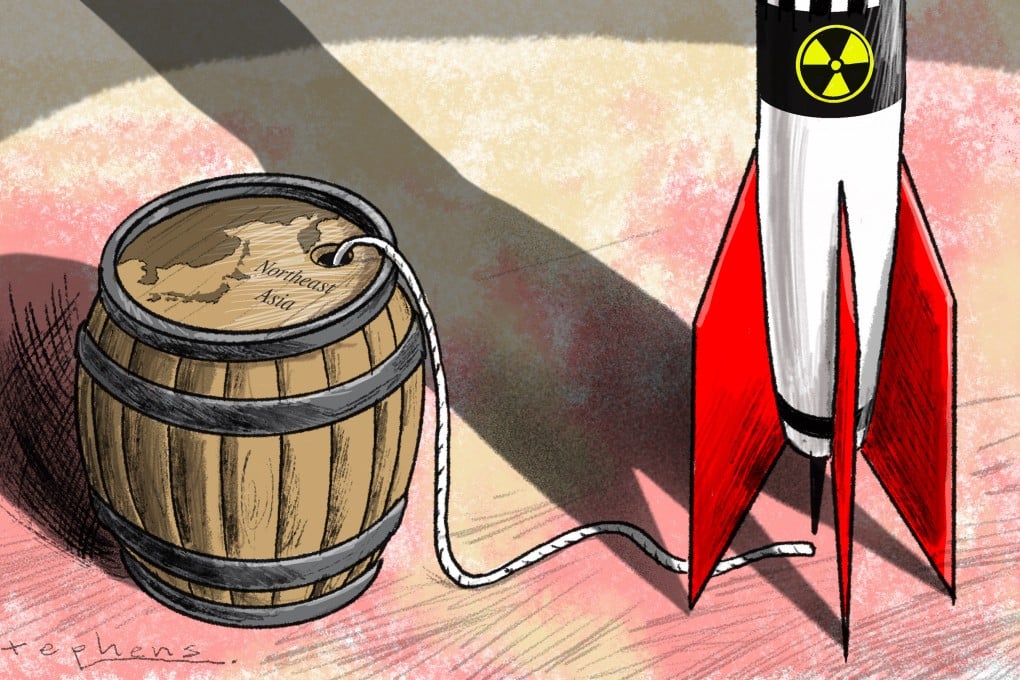Advertisement
Opinion | World cannot afford for Northeast Asia to be a nuclear powder keg
- Resurgence of military blocs, breakdown in cooperation and nuclear risk threaten global catastrophe, unless a new road map to peace is found
Reading Time:4 minutes
Why you can trust SCMP
1

On August 9, 1945, US president Harry Truman announced the dropping of the atomic bomb on Hiroshima and told the nation: “The atomic bomb is too dangerous to be loose in a lawless world.” Despite the establishment of a post-war international order, the Cold War and its proxy conflicts, notably the Korean war, inflicted great suffering on Northeast Asia.
Advertisement
With the end of the Cold War and the start of sustained peace, stability and globalisation, Northeast Asia became one of the most prosperous places on earth. But today, its security situation is once again in a dangerous position.
History has rhymed in three aspects. Firstly, geopolitical competition has led to a resurgence of military blocs in the region. Secondly, as globalisation and the liberal international order decline, regional coordination mechanisms are failing. Thirdly, the risk of nuclear proliferation has dramatically increased.
Specifically, the return of Cold War thinking in Washington and some Northeast Asian countries as well as increasing polarisation and bloc competition has heightened the risk of conflict.
Recent high-level interactions within the US-Japan-South Korea and Russia-North Korea camps have intensified the regional arms race. The historic Camp David summit between Joe Biden, Yoon Suk-yeol and Fumio Kishida, and the high-profile meetings of Kim Jong-un and Vladimir Putin have elevated these military alliances. This has led to accusations that the other side is creating an Asian mini-Nato or a China-North Korea-Russia axis.
Advertisement
The worry is that history will repeat, like with the north vs south triangles of the Cold War era – China, the Soviet Union and North Korea against the United States, Japan and South Korea.

Advertisement

